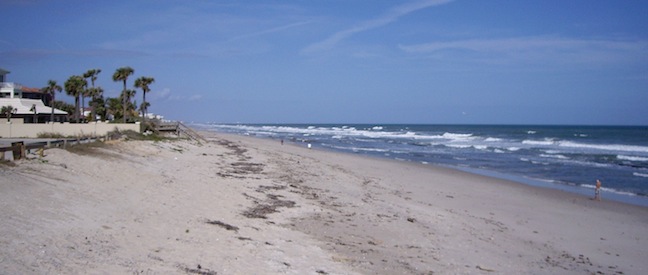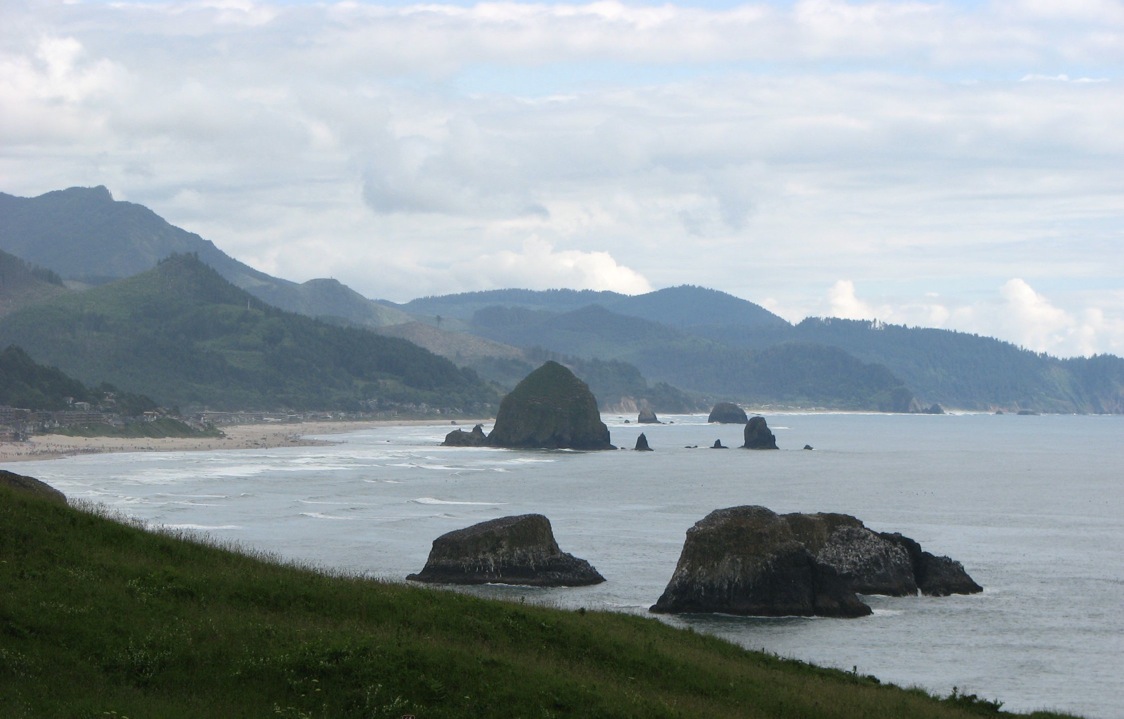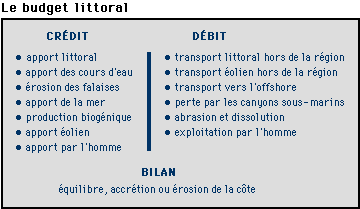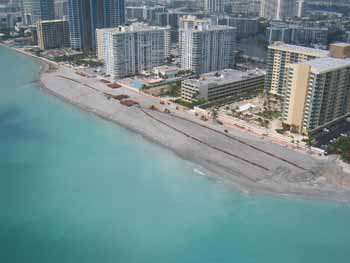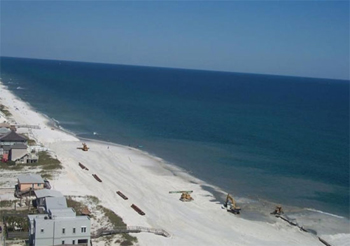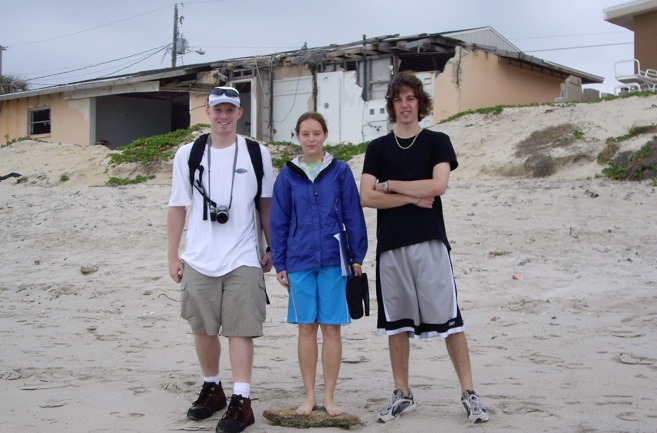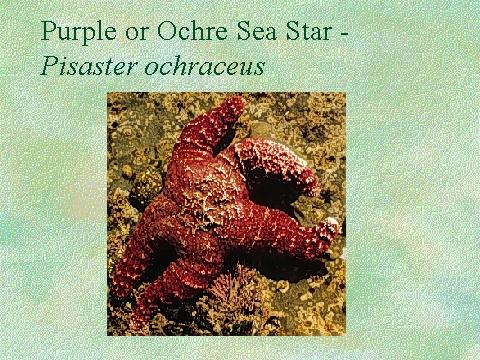The Coast is, largely, divided up into pieces that fit back together based on patterns.
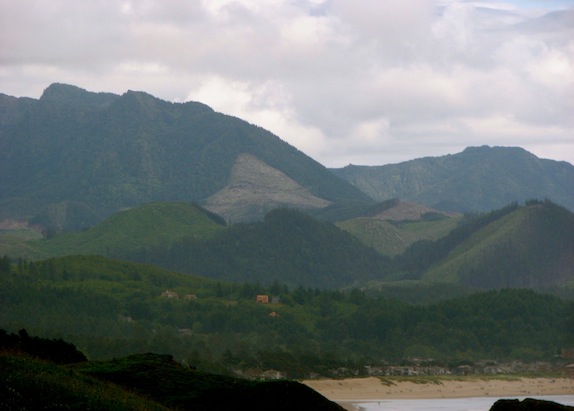
(any pattern is an apparent relation among features and elements):
A, models | B, Carson | C, Sediment transport | Images of concepts in C | D, diversity of seashore life |E, dominant elements | ,. Features of seashore life in a kelp forest | G, Gregory Bateson's test
A. Creating a model or map.

Can you identify a pattern and delineate the features and elements that distinguish that pattern from any others?
A.1, Some patterns are like zones, separate places that have elements and features that distinguish or define one level or core area from another.
Can you identify any zones to which the author refers?
A.2, Some patterns are like edges where intersecting pieces fit together to enrich the whole meeting place by combining elements from adjacent pieces.
How does a set of related pieces fit together along the “edge of the sea”?
A set of rock islands are distinctive features of these Oregon beaches.
B. Carson divides the broad and varied places along the Atlantic shore of the United States into three habitats, can you identify her three types of seashores:
1.
2.
3.
C. The patterns are not just visual and obvious.
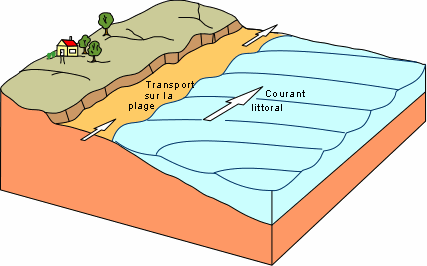
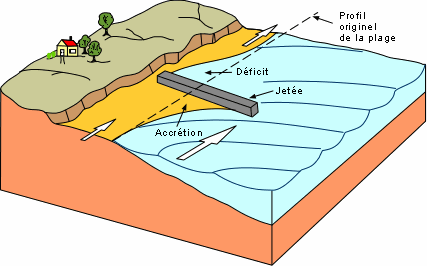
(We are more interested in ecological functions that create patterns that indicate the integrity of the process.)
Deposition Erosion the accumulation of soil, sand, or terrain due to tectonics or weathering. the loss of sediment from a place due to wind, rain or ice. Accretion Reliction additive subtractive
A, models | B, Carson | C, Sediment transport | Images of concepts in C | D, diversity of seashore life |E, dominant elements | ,. Features of seashore life in a kelp forest | G, Gregory Bateson's test
Erosion
Beach renourishment is a widespread response of the Army Corps of Engineers and coastal communities to erosion of sand from along the ocean shore.
What we see hides a deeper relationship among physical elements, called the inorganic conditions of existence and the biological elements, called the organic conditions of existence. Ecology is largely the study of how these two distinct but interactive elements sustain individuals, populations, species and communities over time in a place.
D. finding the patterns among overwhelming variations of adaptive responses and diversity of sea life.
Common creatures of the intertidal shore find refuge in the rocks but have different ways of functioning to live.
A, models | B, Carson | C, Sediment transport | Images of concepts in C | D, diversity of seashore life |E, dominant elements | ,. Features of seashore life in a kelp forest | G, Gregory Bateson's test
E. Can you identify any dominant physical as opposed to living elements on the shore?
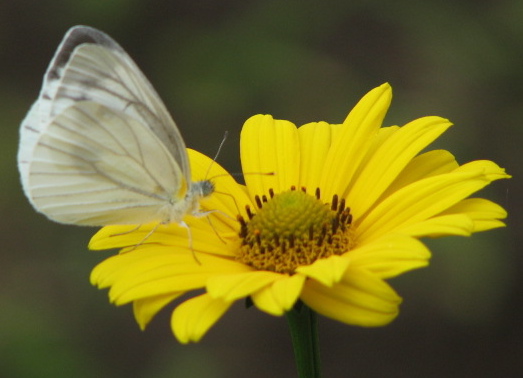
Coevolution of insects and flowering plants are a pattern over geological time that is hard to perceive because we have such short lives (left). The relation of mud deposits in bays and estuaries that sustain coastal forests called mangroves, are also difficult to comprehend (right).
A, models | B, Carson | C, Sediment transport | Images of concepts in C | D, diversity of seashore life |E, dominant elements | ,. Features of seashore life in a kelp forest | G, Gregory Bateson's test
Features
Features are distinctive attributes or aspects of something, some person, some place or a larger entity. They are distinguished by how significant they are in making a contribution to defining the overall appearance.
For example, the abalone snail [shown below] is a distinctive invertebrate that inhabits and influences the kelp forests of the Pacific coastal nearshore waters and islands. The presence of this creature is a defining characteristic of a kelp forest. As we mentioned in class, kelp forests are among the fastest growing plants (Brown Algae). [See – Monterey Bay Aquarium. ]
Abalones are the one of the most important mollusks fished for in many coastal regions of the world, such as Australia, New Zealand, South Africa, Chile, and California.
Another feature of this coastal ecological system is the Sea Otter, Enhydra lutris lutris, a keystone species of the Pacific Rim shorelines. The otters feed on the abalone and, thus, compete with humans to eat this snail. The otter population keeps the abalone from eating the hold-fasts (roots) of the kelp that keep these forests from being swept away by the tides and storms.
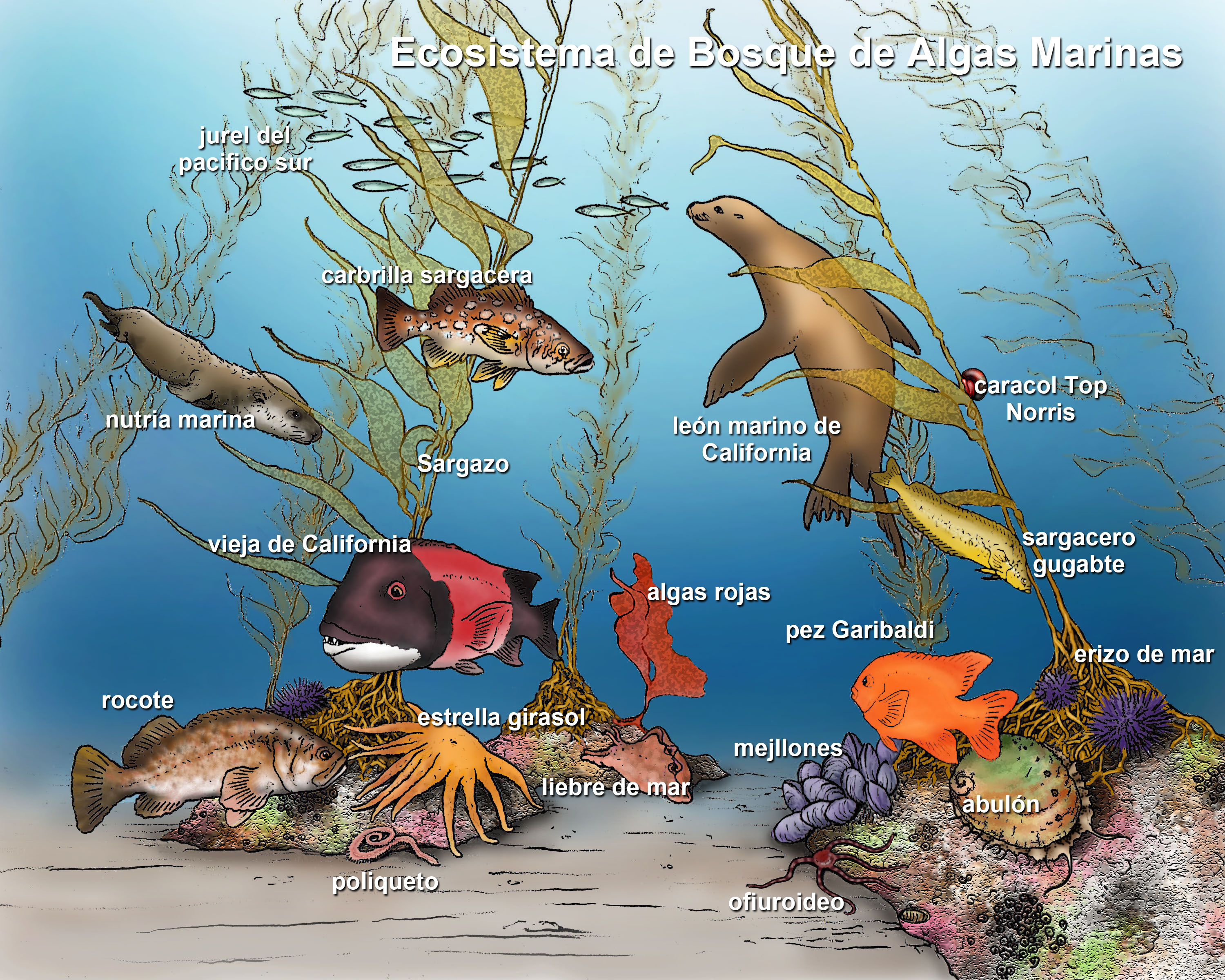
National Geographic magazine explains that these Kelp forests are productive and lively ecosystems. The above illustration by Tim Gunther, who emphasizes the defining characters of the kelp forest in his representation of its component creatures draws your attention to features in this underwater world.
"They provide a safe habitat that supports a large food web. Kelp forest food webs include several fish species, numerous invertebrates (snails, crabs, lobster, sea stars, sea urchins, worms), and large mammals (sea lions)."
A, models | B, Carson | C, Sediment transport | Images of concepts in C | D, diversity of seashore life |E, dominant elements | ,. Features of seashore life in a kelp forest | G, Gregory Bateson's test
Examples of distinctive attributes or facets of landscape.
Parts that help us to see the larger pattern of the whole:
Consider this drawing from Gregory Bateson's challenge to his students in his Ecological/Anthropology classes.
A, models | B, Carson | C, Sediment transport | Images of concepts in C | D, diversity of seashore life |E, dominant elements | ,. Features of seashore life in a kelp forest | G, Gregory Bateson's test
